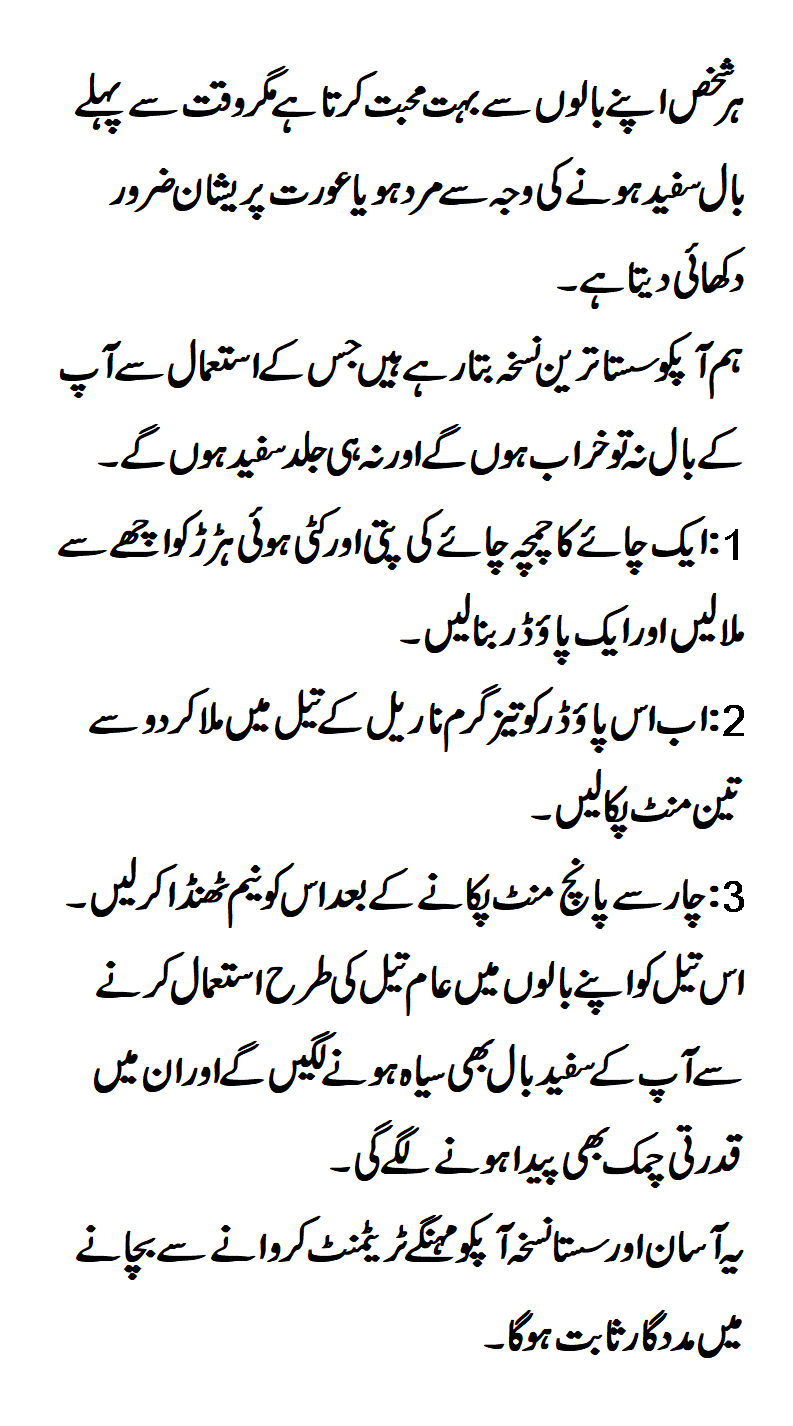Premature graying of hair (PGH) is defined as graying of hair before the age of 20 years in Caucasians and before 30 years in African American population. It can severely affect the self-esteem of an individual. The exact etiopathogenetic remains unknown, although it has been associated with premature aging disorders, atopy, and autoimmune diseases. Patients, who present with PGH, should be assessed for syndromes and metabolism diseases. Hair dyes remain the main modality of the treatment for cosmetic concerns after nutritional supplementation. Key words: Canities, premature gray hair, white hair Go to:
INTRODUCTION
Haalthy hair is a sign of general well-being and youth. Unlike other animals, the function of hair in human beings is being debated. Nevertheless, hair serves as a great esthetic tool and means of nonverbal communication. Hair color and style can significantly alter the physical appearance of a person and thus alter his/her body image. As graying of hair is perceived as a sign of old age, premature graying of hair (PGH) can bear an adverse effect on the self-esteem of the individual.
Graying of hair also called canities or achromotrichia occurs with normal aging. However, the age at which it occurs varies in different races. PGH is defined as graying of hair before the age of 20 years in Caucasians and before 30 years in Blacks.[1] Definition of PGH with respect to the Asian population is lacking. The average age of the onset of graying in Caucasians is 34 ± 9.6 years, and in Blacks, it is 43.9 ± 10.3 years. A large population-based study reported that 6%–23% of people have 50% gray hair by 50 years of age.
